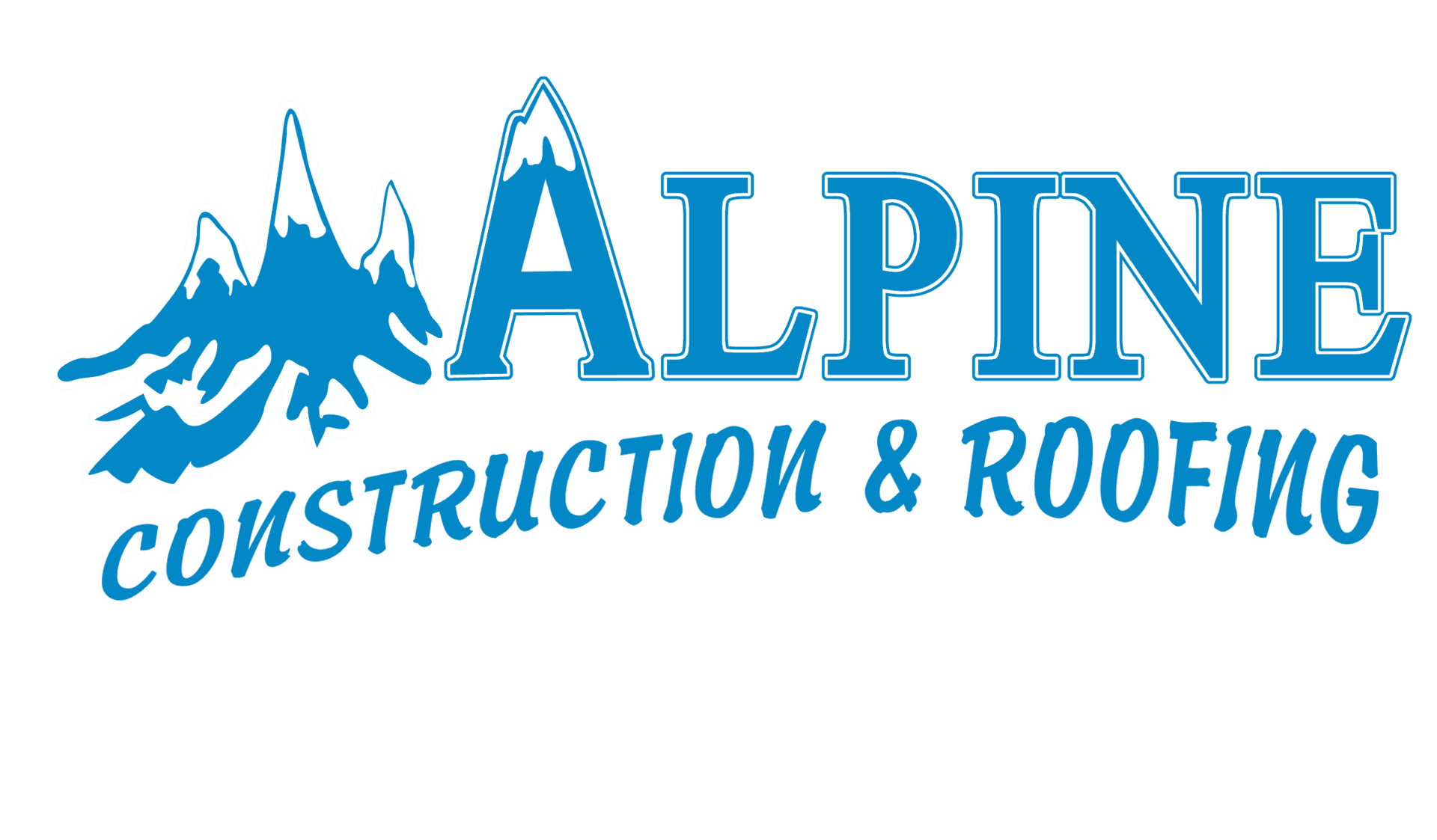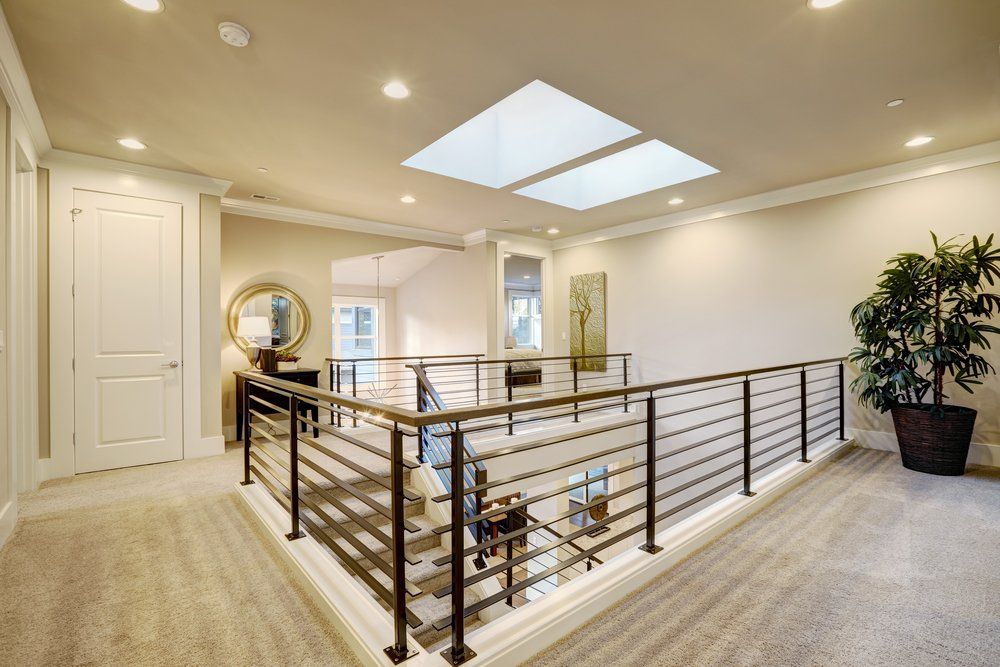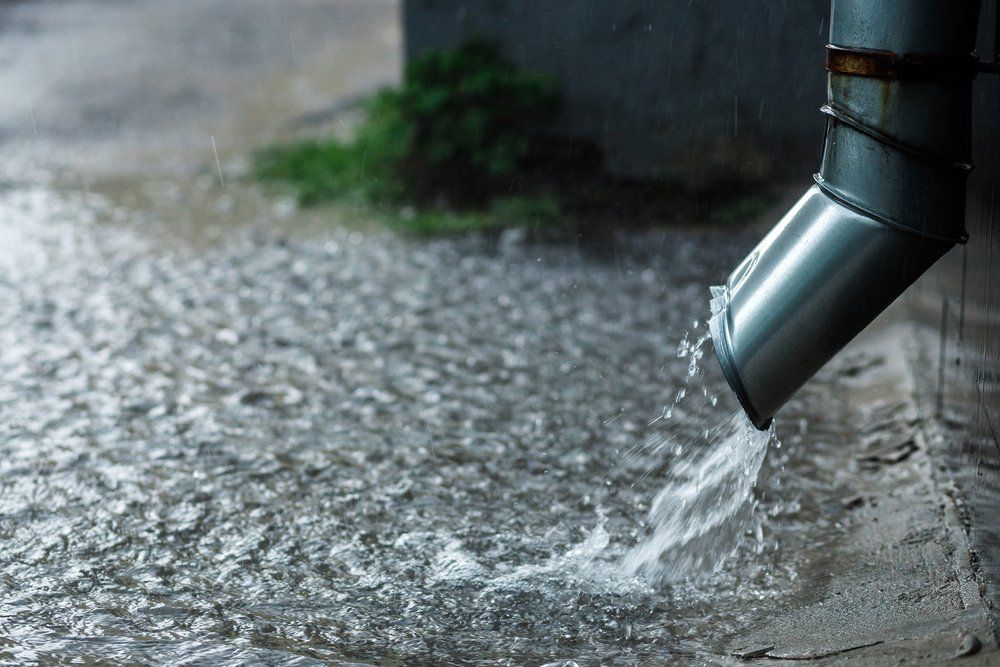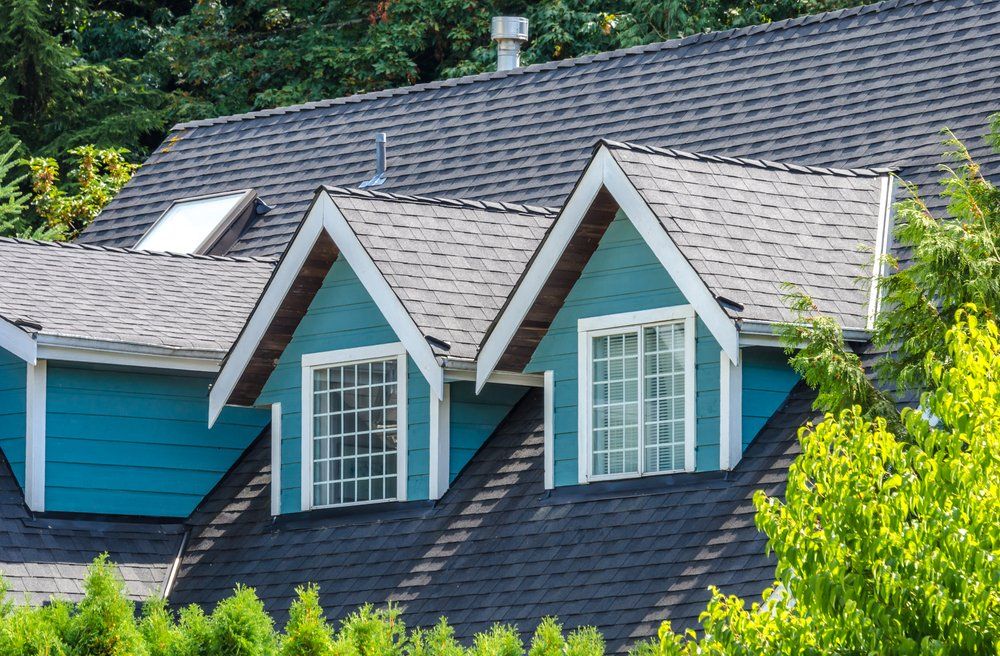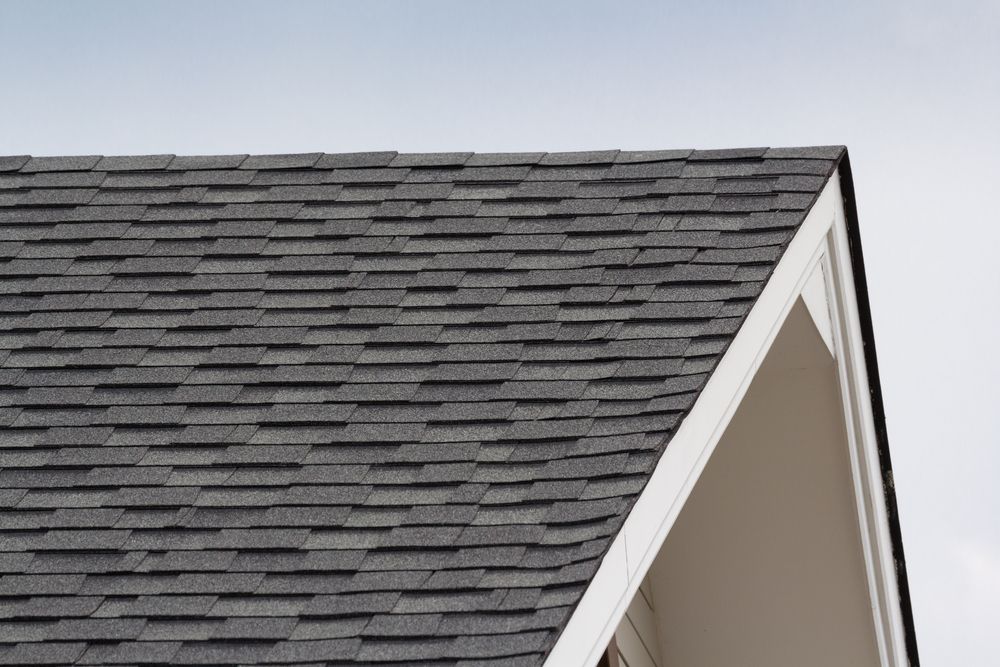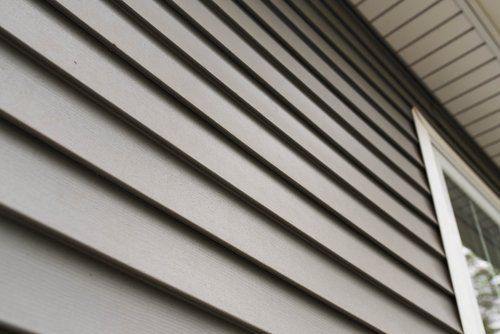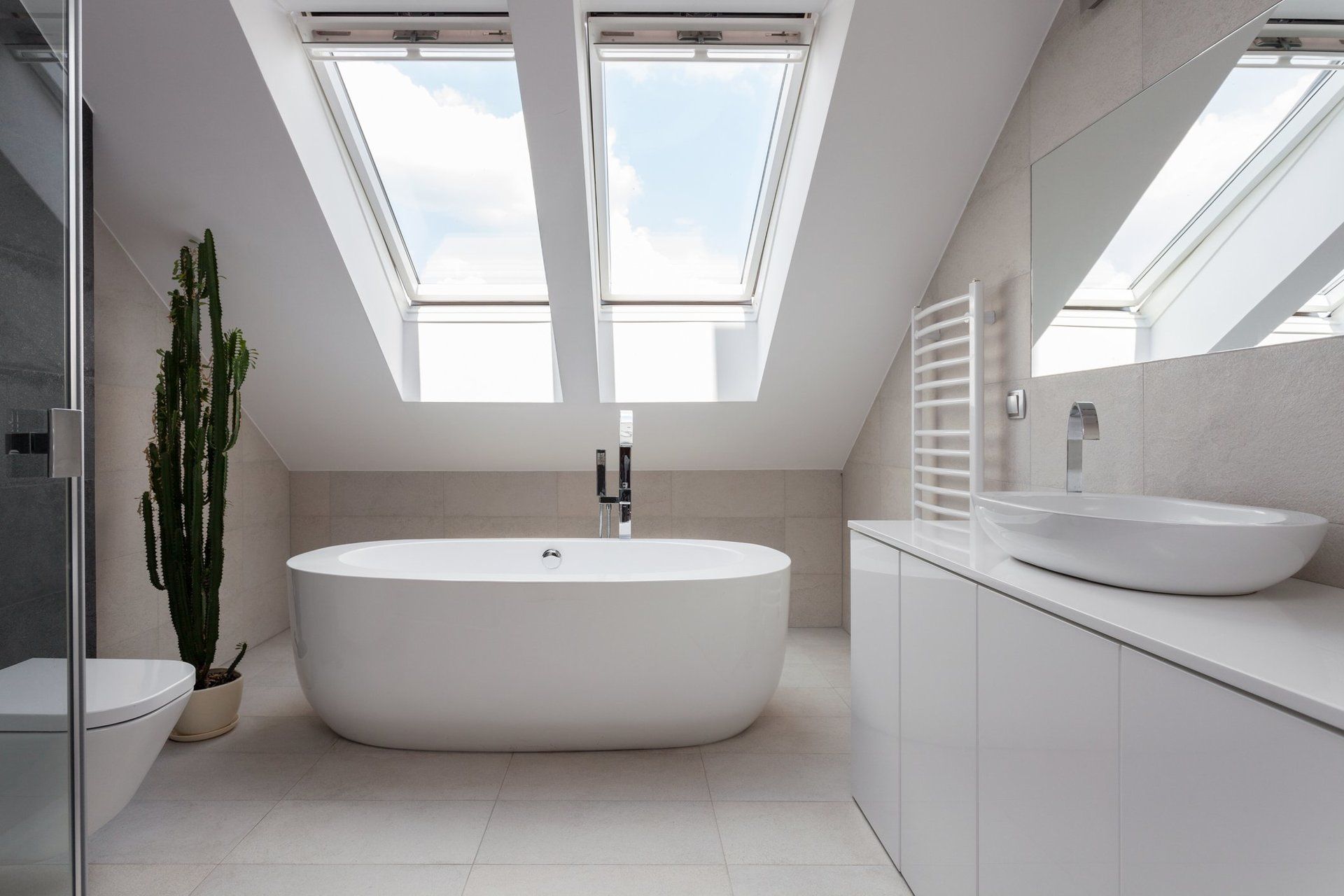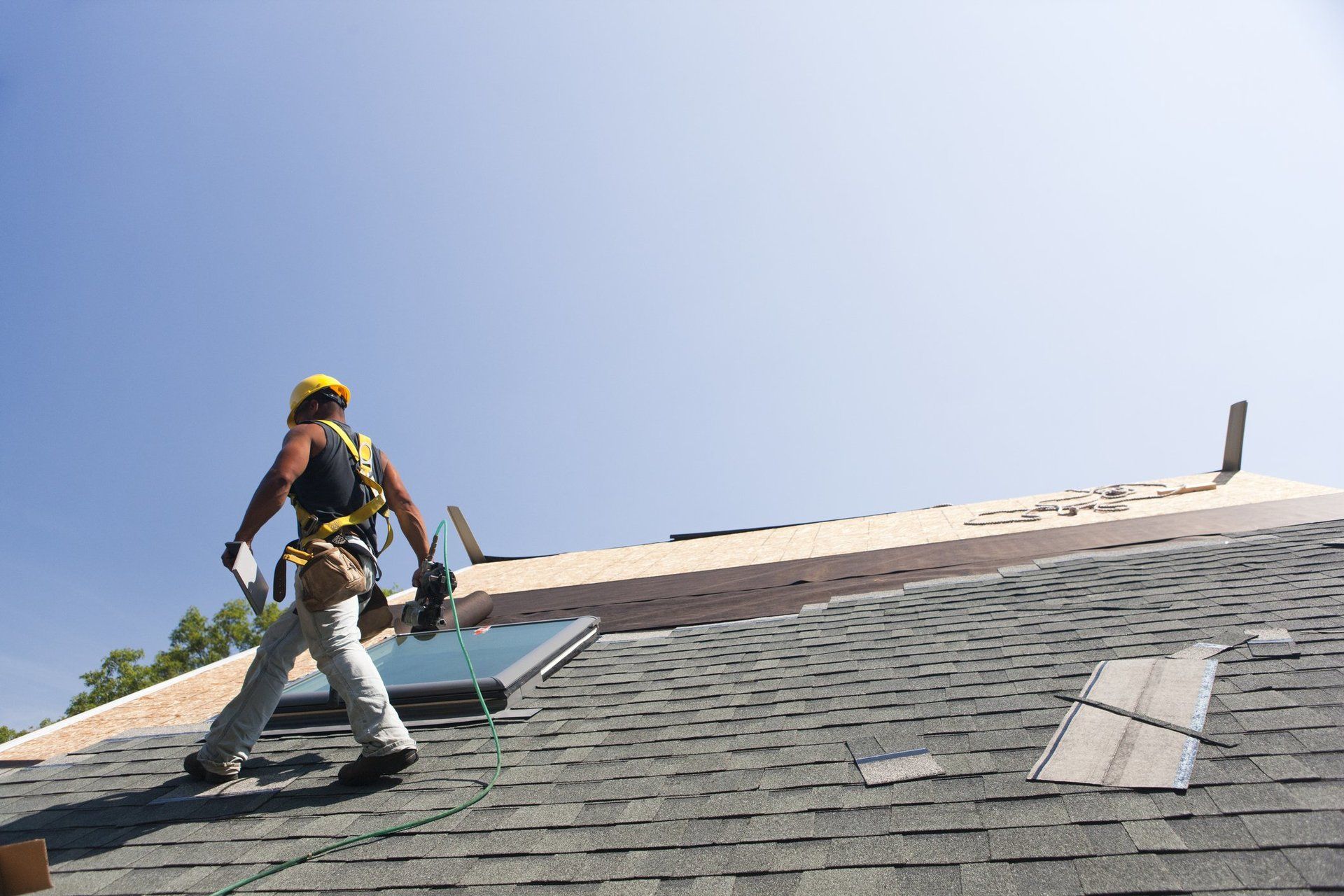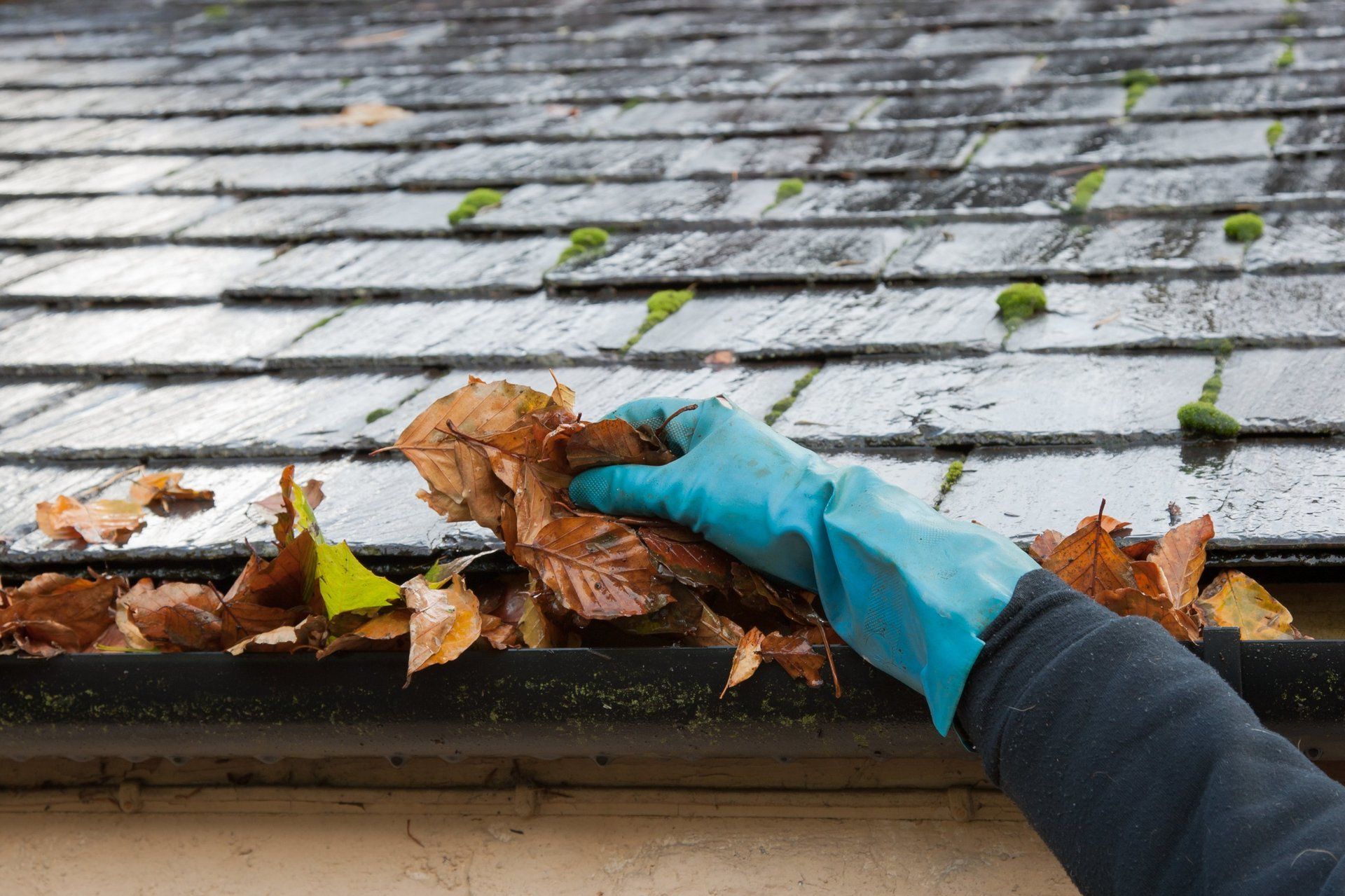Attic Ventilation Myths You Need to Stop Believing
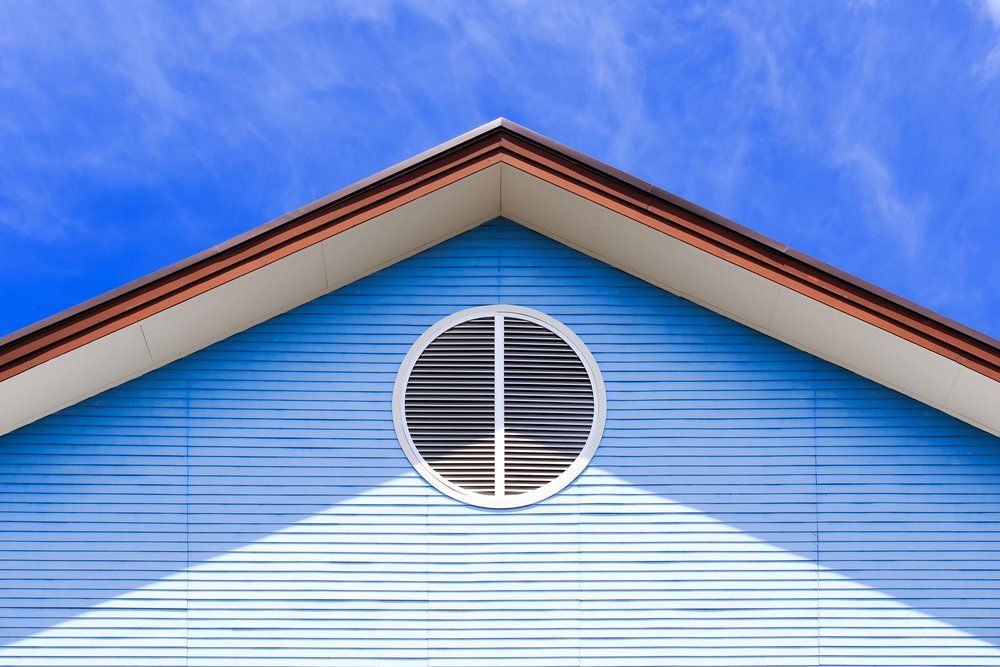
It’s officially time for spring cleaning, which means you’ll be spending more time in your attic than usual. As you tidy up, you may notice some startling signs like discoloration along your attic ceiling or sweltering attic temperatures. But are these causes for concern, and will attic ventilation solve these problems?
Myth #1: Attic Ventilation Only Helps During the Summer
Attic ventilation is actually more helpful during winter than summer. To understand why, you need to know the relationship between air temperature and moisture.
In the winter, the inside of your home is warm. Meanwhile, the roof and the air around it are freezing cold. As the warm indoor air rises and gets closer to the roof, it begins to cool. Because cooler air holds less moisture than warm air, the moisture begins to condense on the underside of your roof in the attic. This condensation can cause severe problems, including:
· Growth of mold and mildew – Reduces indoor air quality and triggers allergies and asthma in some people
· Wood rot – Weakens your home’s structure, making it more susceptible to additional damage
· Water dripping onto your insulation – Damages the insulation and decreases its R-value, making your home more susceptible to air leaks
Poor attic ventilation can also cause ice dams if you live in a snowy environment. Without ventilation, warm air has no way to escape the attic, so it gradually heats the roof just enough for the snow and ice on top of it to melt. The melted snow then trickles down the roof toward the gutters. As the water rolls down the slope of your roof, it moves farther and farther away from the heat source, allowing it to refreeze around the edges of your roof. This ice dam effectively blocks the path for water runoff to escape the roof, and since the water has nowhere else to go, it seeps back inside your roof causing leaks, water damage, rot and mold growth.
This isn’t to say attic ventilation doesn’t help during the summer; it does allow moisture to escape and air to circulate, thus cooling your attic. But much of the damage attributable to poor attic ventilation will happen during the cooler months and in cold climates like we have here in the Spokane area.
Myth #2: Attic Ventilation Will Slash My Energy Bills in Summer
While attic vents may slightly increase the energy efficiency of your home during summer, that really isn’t the reason you should be installing them. They are much better at letting moisture escape and bringing fresh air into your attic than they are at cooling your home.
If you are worried about the opposite problem – that attic vents will let all your heated air escape during winter – fear not! Good insulation and air sealing prevent this from happening. In fact, improving sealing and insulation is much more likely to increase the energy efficiency of your home than adding a couple of attic vents. You may also wish to switch out your roofing material, whether with better shingles, tiles or metal, to reflect more sun and keep your home cool.
Myth #3: All Vents Are Created Equal
Attic ventilation relies upon a balance of intake and exhaust vents for air to properly circulate. The intake vents are typically soffit vents located along the eaves. The exhaust vents are usually ridge vents located along the peak of your roof, or sometimes gable vents.
When deciding which vents to install, keep in mind that you generally want a 50/50 split between intake and exhaust vents. If there are too few intake vents, the desired air flow may reverse, causing the exhaust vents to function as intake vents. This will make circulation inefficient and make it more difficult for heat and moisture to escape.
Myth #4: Adding More Vents Is the Way to Go
If you want less moisture and cooler air in your attic, it may seem like you should simply add more ventilation. However, most attics only require about one square foot of ventilation for 300 square feet of attic space. Exceeding this ratio won’t necessarily prevent or solve attic ventilation related issues.1 If anything, unnecessary openings make your roof more susceptible to wind, water and fire damage.
Another solution popular with many homeowners is installing a power vent. This vent uses electricity or sometimes solar power to pump air out of the attic instead of waiting for the effects of passive ventilation. While this may be a good solution for a hip roof, an improperly installed power vent can also suck your conditioned air up into the attic, resulting in wasted energy. It’s best to consult a professional before installing any attic vents in your home.
Attic Vent Installation in Spokane, WA
If you’ve noticed signs of moisture in your attic or own a
home that isn’t properly ventilated, the team at Alpine Construction &
Roofing can help! Our family-owned and operated business has been providing
construction services like roof venting,
inspection, repair and installation
to the Spokane area for more than 30
years. Call us
at (509) 448-8099 today for your FREE quote.
1 https://www.homeadvisor.com/r/5-myths-about-attic-ventilation/
